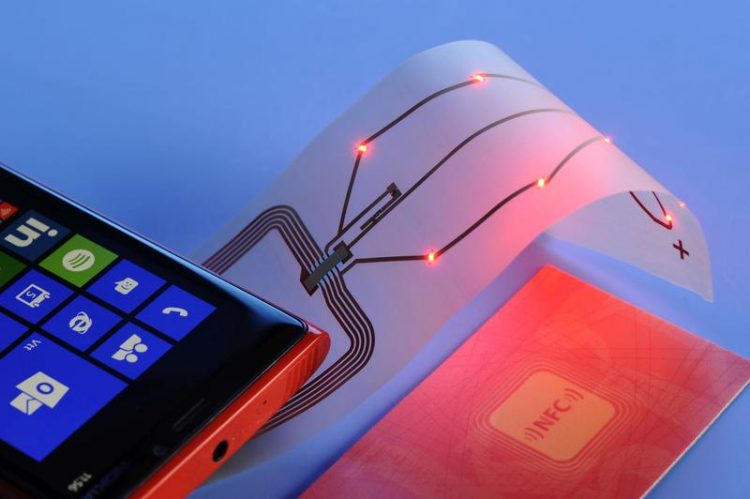ΣYSTEMS INTEGRATION in Finland focusses on high-tech printing

Printed electronics, printed diagnostics and 3D printing: ΣYSTEMS INTEGRATION in Finland focusses on high-tech printing VTT Technical Research Centre of Finland
New high-tech printing processes play a significant role in developing new products for various industries. Printed electronics, printed diagnostics and 3D printing of micro components have the potential to open up new and attractive future markets for innovations in medical technologies, communication technology, consumer electronics and many more.
The event will be held in English and is organized by IVAM in cooperation with VTT Technical Research Centre of Finland.
The Symposium is completed by a comprehensive supporting program: on the first day there will be company visits and guided tours that give insights into the Finnish microtechnology industry. The second day focuses on a wide-ranging conference program.
During the following days, June 12-13, Oulu is host of the business networking event “Midnight Pitch“, where start-ups will present their ideas to potential investors in a relaxed atmosphere. Participants of ΣYSTEMS INTEGRATION will receive special conditions for the „Midnight Pitch“.
Please find further information at http://ivam.de/Systems15 or contact Ms. Orkide Karasu (ok@ivam.de).
Media Contact
All latest news from the category: Event News
Newest articles

Why getting in touch with our ‘gerbil brain’ could help machines listen better
Macquarie University researchers have debunked a 75-year-old theory about how humans determine where sounds are coming from, and it could unlock the secret to creating a next generation of more…

Attosecond core-level spectroscopy reveals real-time molecular dynamics
Chemical reactions are complex mechanisms. Many different dynamical processes are involved, affecting both the electrons and the nucleus of the present atoms. Very often the strongly coupled electron and nuclear…

Free-forming organelles help plants adapt to climate change
Scientists uncover how plants “see” shades of light, temperature. Plants’ ability to sense light and temperature, and their ability to adapt to climate change, hinges on free-forming structures in their…





















